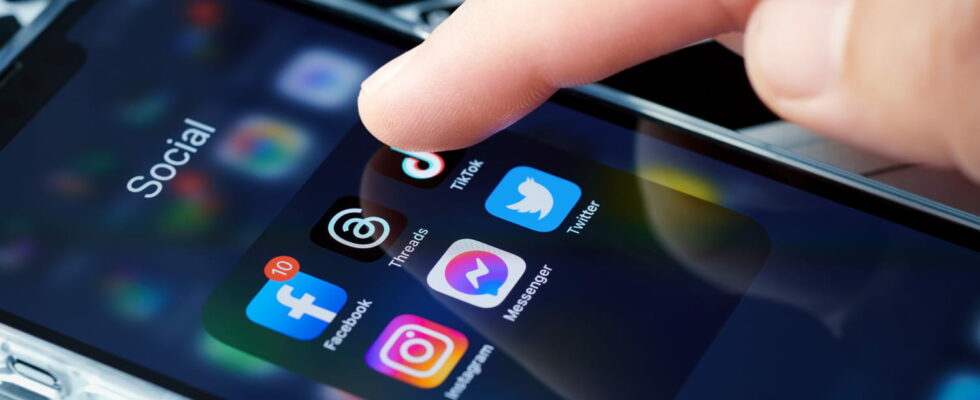Is your smartphone battery showing signs of age for no apparent reason? Perhaps these everyday apps are the main cause.
There was a time when you could use your cell phone for a full day or more without worrying about its battery. But over time, it seems clear that our smartphones are draining faster than they did a few years ago, with batteries often running out in just 24 hours. Has the smartphone industry experienced a technological decline since the early 2000s? Is this the result of planned obsolescence? In reality, our batteries are more efficient today than they were 10 or 20 years ago.
This degradation is actually the result of several factors. Wi-Fi and the ever more impressive performance of screens are among the developments that have drained the energy of our beloved smartphones. But one explanation is probably more relevant than the others: the proliferation of applications that completely drain the autonomy of the device. From a handful at the start, we have gone in less than 20 years to 80 or even 100 applications installed on average on each smartphone, according to recent studies. Only about ten are used daily and about thirty per month.
Unsurprisingly, the most popular apps among users are the ones that consume the most battery on our phones. Streaming services (Netflix, Amazon Prime Video, YouTube), geolocation apps (Waze, Google Maps, Apple Maps), mobile games or apps that sync with one or more services (social networks, messaging, emails), are considered the main culprits.
A 2019 study by Greenspector and Atos ranked the 30 most popular applications in the world, the most and least energy-intensive. According to the reportit is the Chinese application TikTok that rises to the top of the ranking of the most energy-consuming. The web browser Opera Mini and the social network X (formerly Twitter) complete the podium.
The study also shows that for 3 hours of average use in the day, applications represent a total of 77% of consumption. Many experts explain that uninstalling these applications would allow you to conserve additional hours of battery. Rest assured, there is another solution to limit the consumption of these applications without having to get rid of them. Here’s how to do it:
- On Androidgo to Settings and then choose the Battery menu.
- Then tap on the name of one of the apps and activate the Limit background usage switch.
- On iOSin Settings, scroll down and tap an app name.
- Then toggle the Background Refresh switch to the off position.

